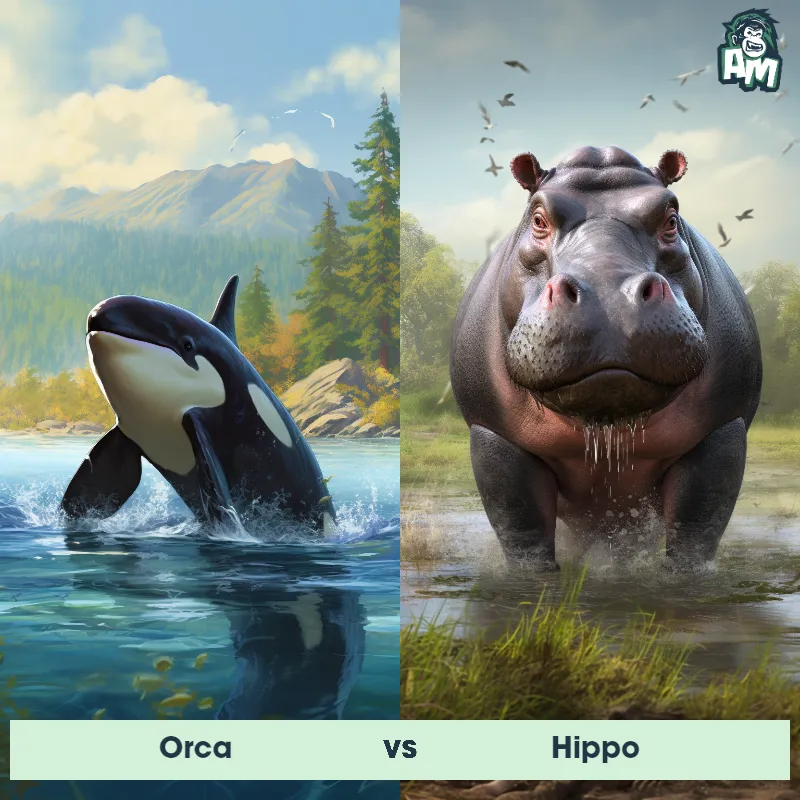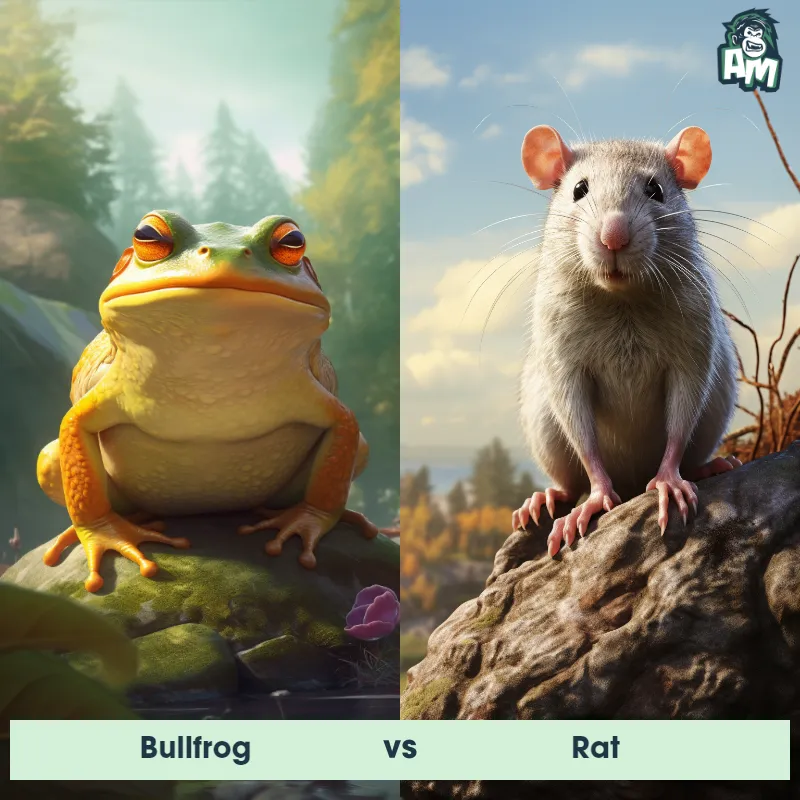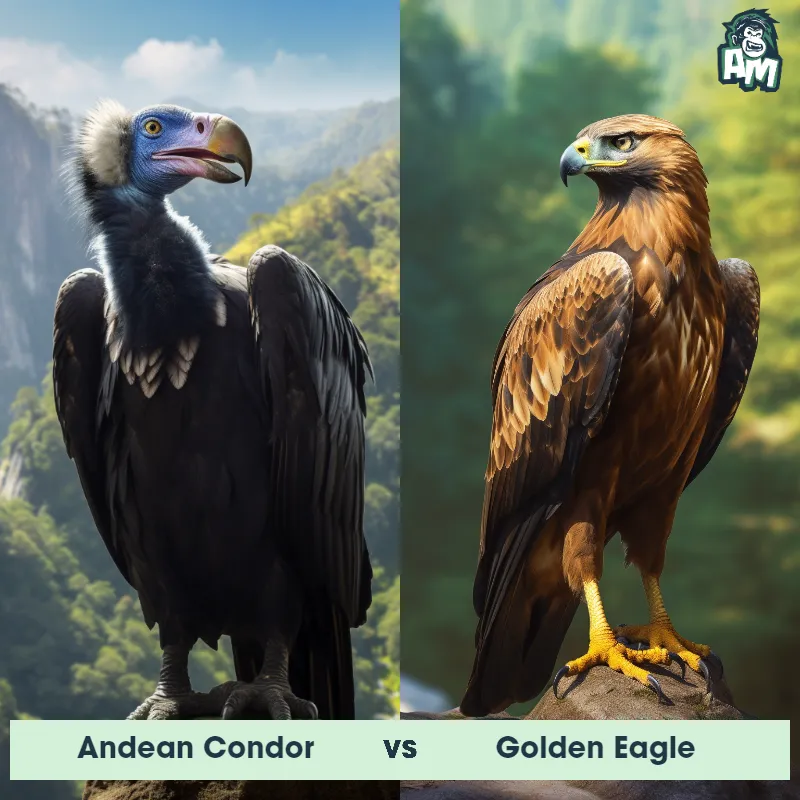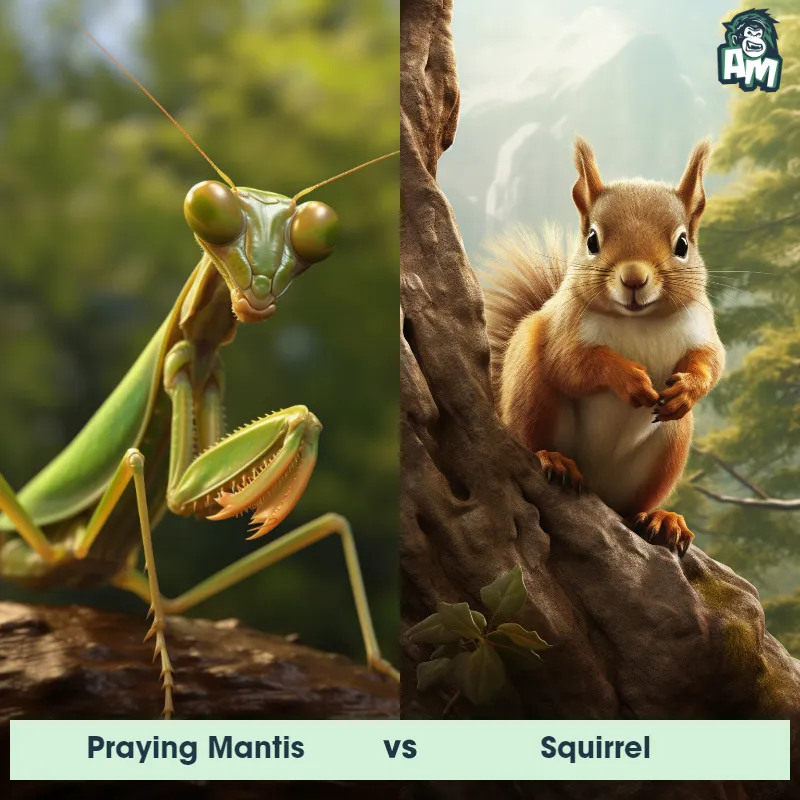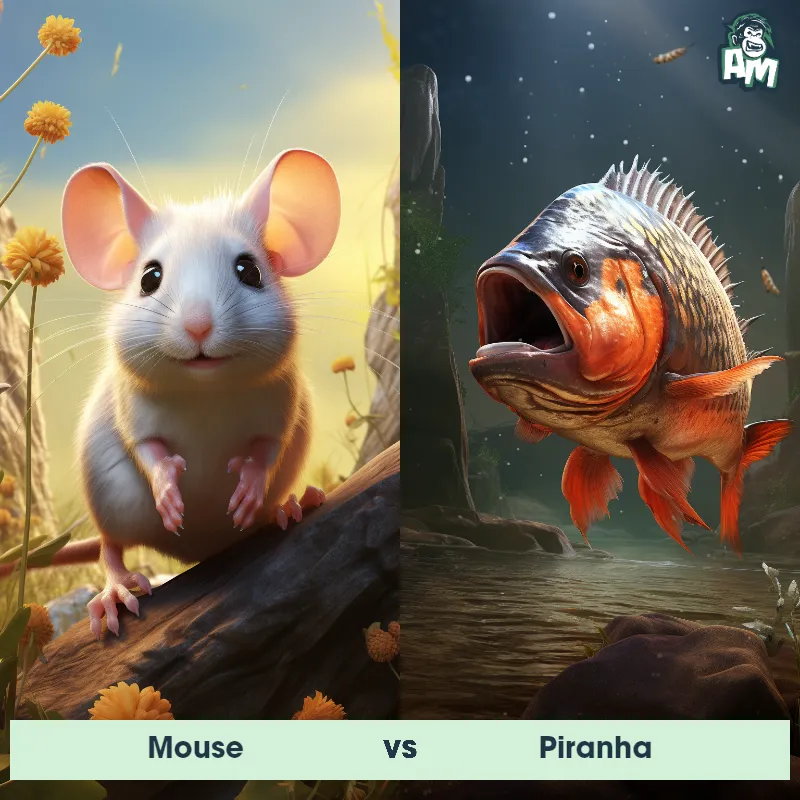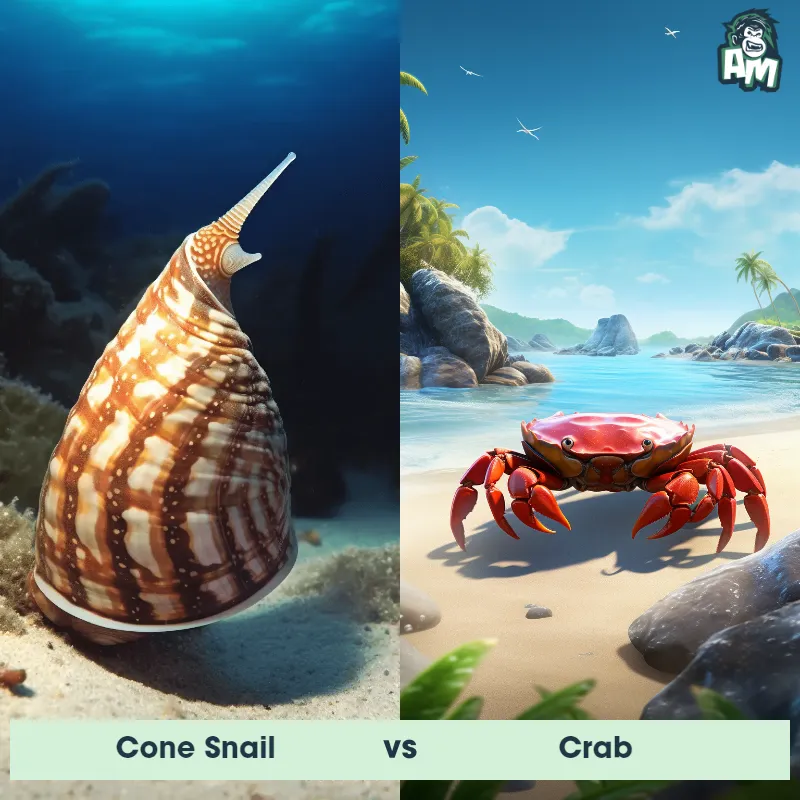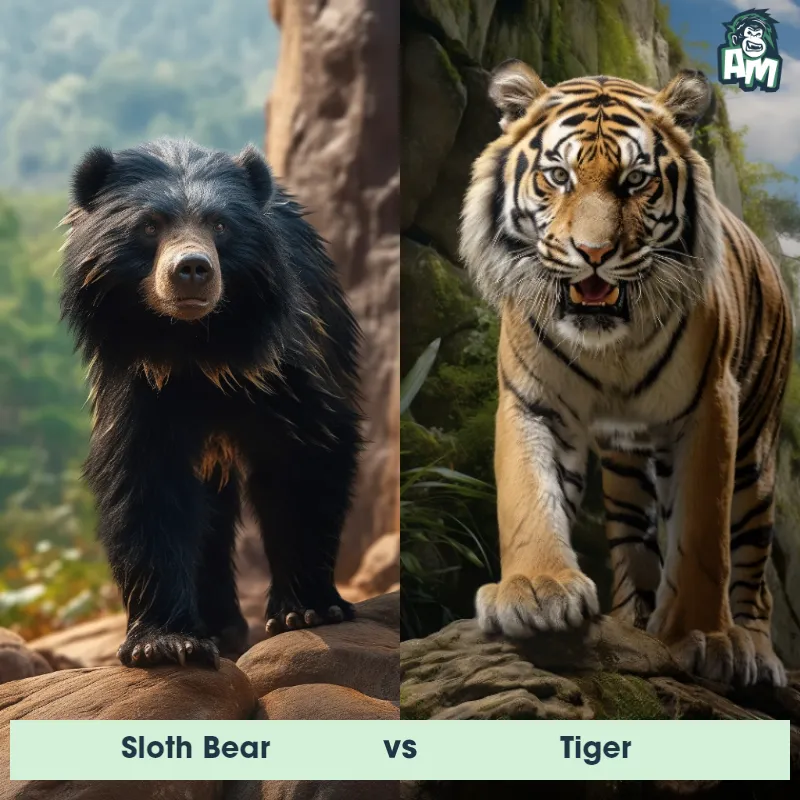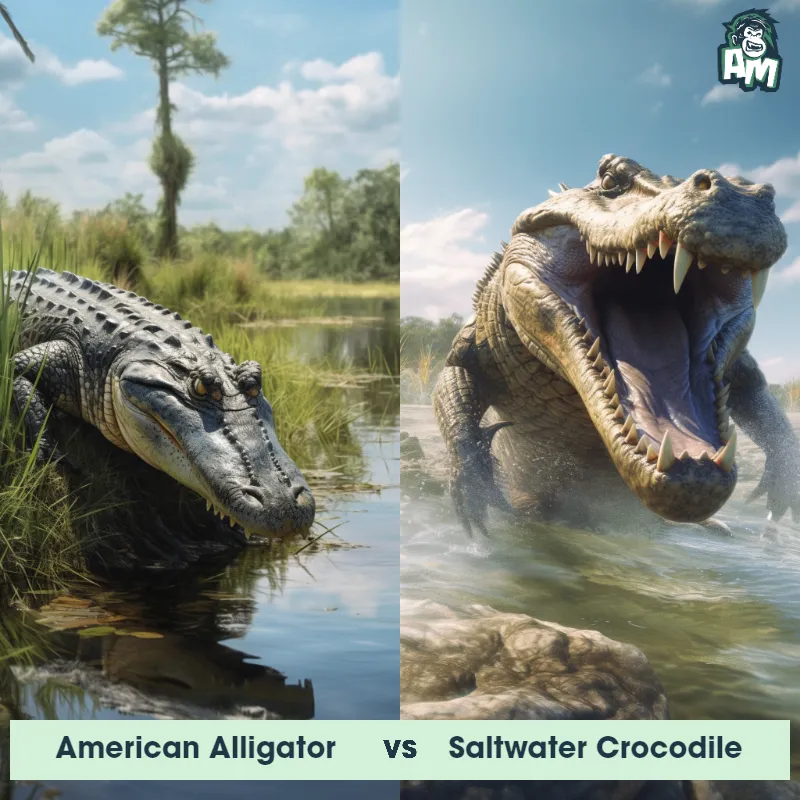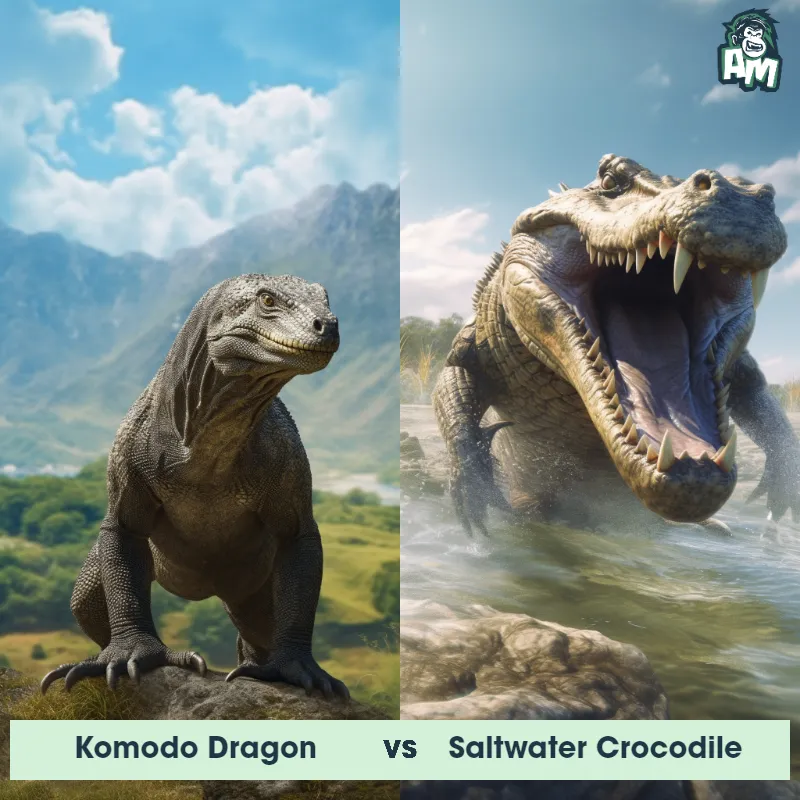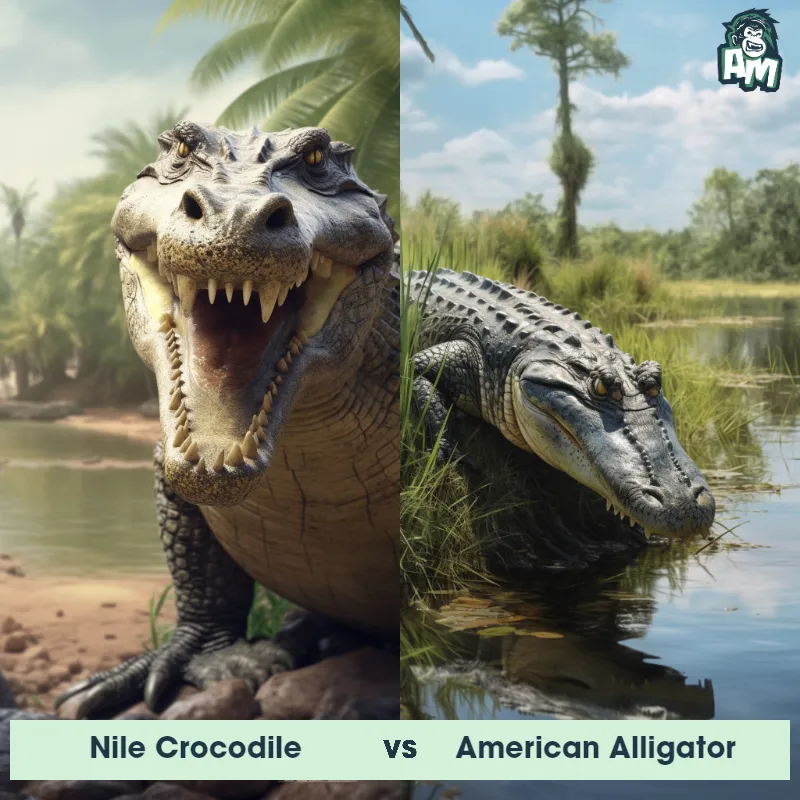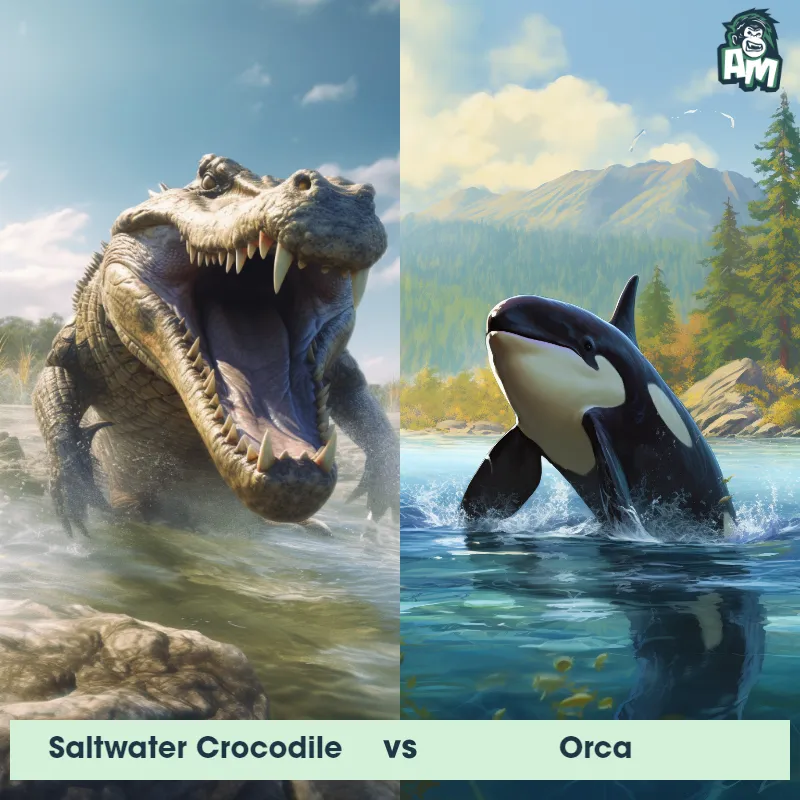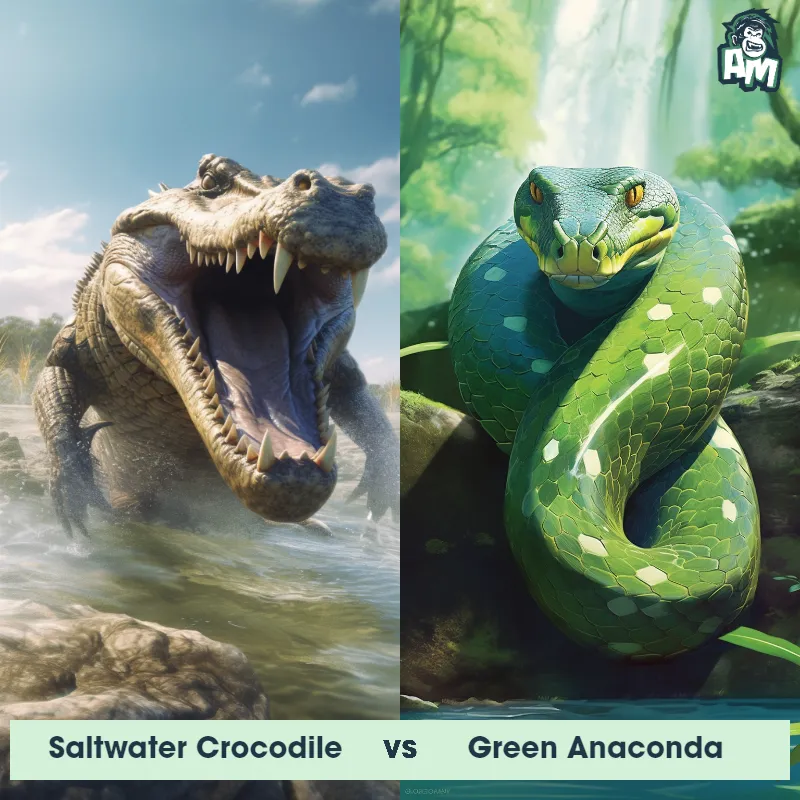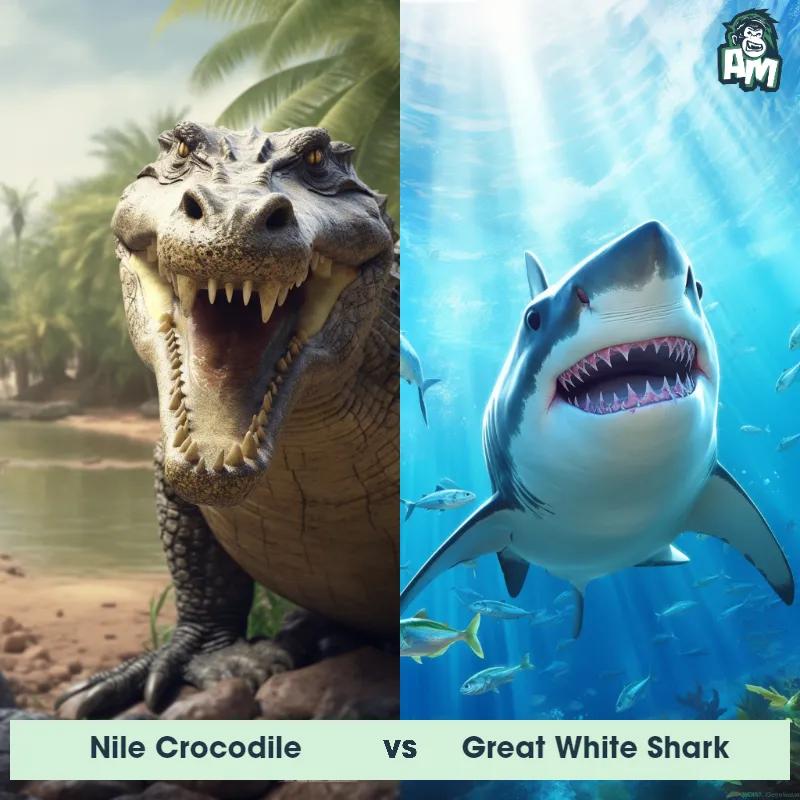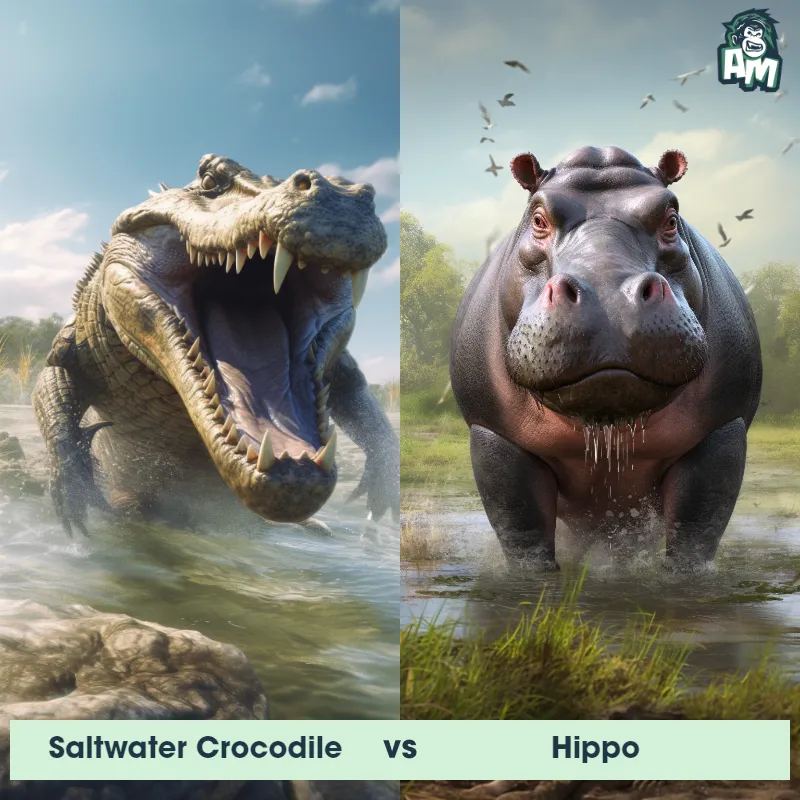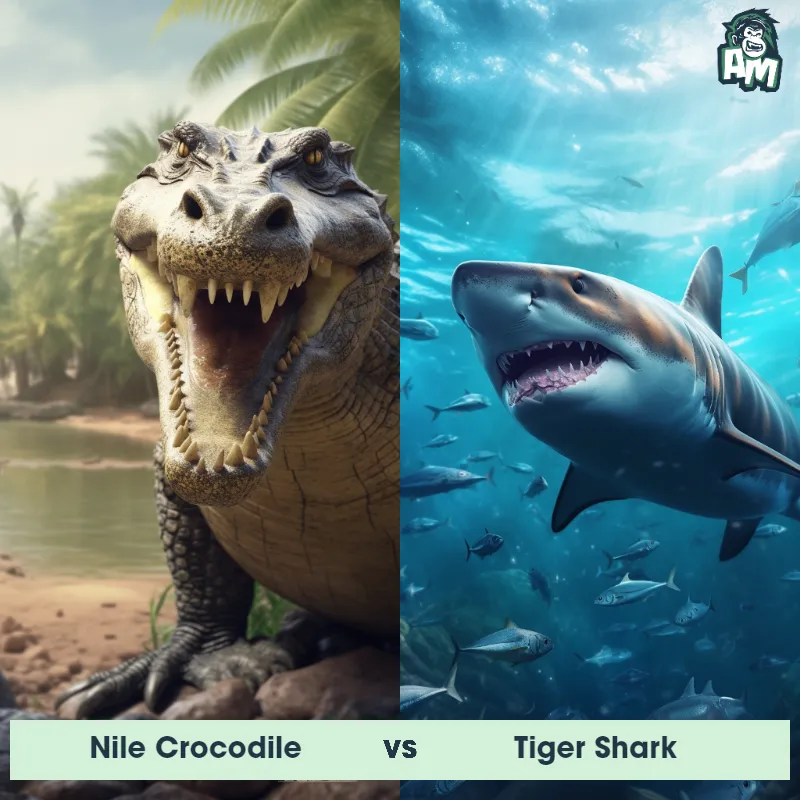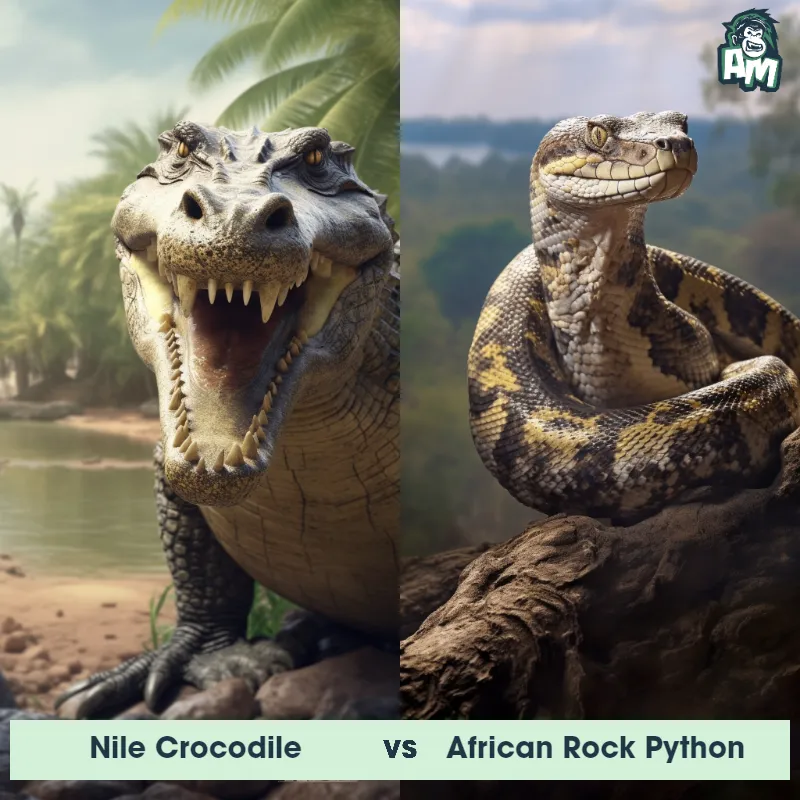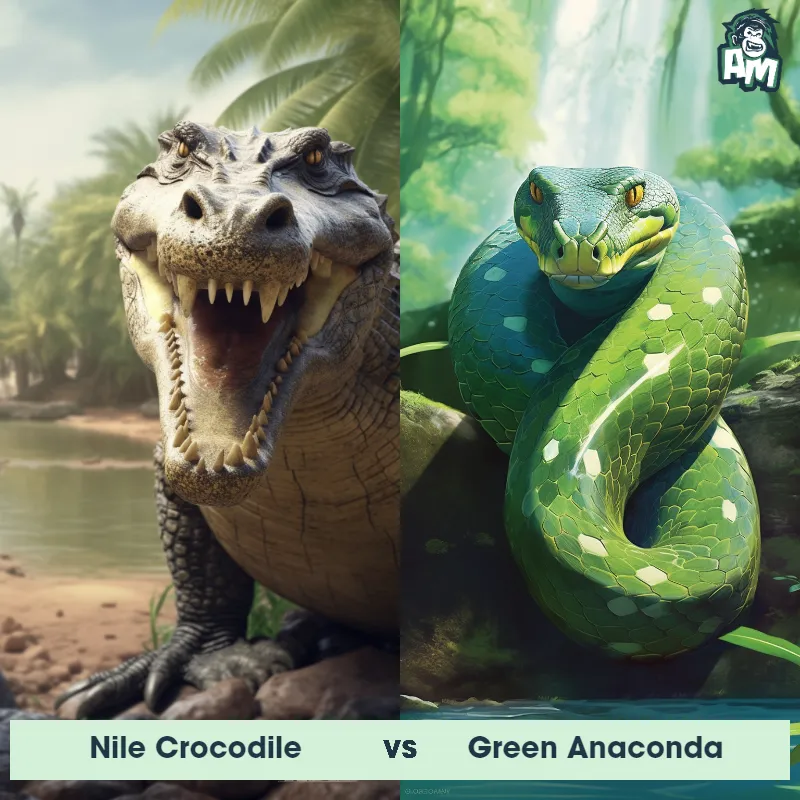Gharial vs Nile CrocodileSee Who Wins

Ladies and gentlemen, welcome to an epic showdown here at the Animal Matchup Arena! Today, we have two formidable reptiles ready to wage war in a battle of survival. In the blue corner, weighing in at a whopping 1,320 pounds, we have the Gharial, sporting its long, slender snout and razor-sharp teeth. And in the red corner, weighing an impressive 2,200 pounds, we have the Nile Crocodile, boasting powerful jaws and a robust physique. It's time to witness the clash between the Gharial and Nile Crocodile!
Contender 1: Gharial
The Gharial, also known as the Indian Gharial, is a critically endangered species of crocodilian found in the rivers of India and Nepal. It is easily recognizable by its long, slender snout, which is filled with over 100 sharp teeth. The Gharial has a light brown or olive-green body with dark spots or stripes, and can grow up to 20 feet in length and weigh up to 2,000 pounds. Unlike other crocodilians, the Gharial has a narrow, fish-like tail and webbed feet, which make it an excellent swimmer.
Fun Fact: Despite its fearsome appearance, the Gharial is actually a very gentle creature that feeds almost exclusively on fish, using its long snout to catch them in the water. In fact, its teeth are not designed for tearing flesh, but rather for holding onto slippery fish.
Contender 2: Nile Crocodile
The Nile Crocodile, also known as the common crocodile, is a large reptile that can grow up to 20 feet long and weigh over 1,000 pounds. They have a powerful jaw with sharp teeth and a tough, scaly skin that ranges in color from gray to brown. Nile Crocodiles are found throughout sub-Saharan Africa and are known for their aggressive behavior and ability to take down large prey, including humans.
Fun Fact: Nile Crocodiles are known for their incredible strength and are capable of dragging prey weighing up to 1,000 pounds out of the water and onto land.
Matchup Stats
| Gharial | Nile Crocodile | |
|---|---|---|
| Size | Up to 20 feet (6.1 meters) | Up to 20 feet (6.1 meters) |
| Weight | Up to 2,000 pounds (907 kilograms) | Over 1,000 pounds (453.6 kilograms) |
| Speed | Speed: 6 mph (9.6 km/hr) | Land Speed: 11 mph (18 km/hr) |
| Key Strength | Powerful jaws and long snout for catching fish | Powerful jaw and strong bite force |
| Biggest Weakness | Teeth not designed for tearing flesh | Slow on land and vulnerable to attacks on the underside of its body |
Current Votes
Gharial vs Nile Crocodile
See Who Wins
View More Matches
Looking For More?
Similar Matches
Scientific Stats
| Gharial | Nile Crocodile | |
|---|---|---|
| Scientific Name | Gavialis gangeticus | Crocodylus niloticus |
| Family | Gavialidae | Crocodylidae |
| Habitat | Rivers | Freshwater rivers, lakes, and marshes |
| Geography | India and Nepal | Sub-Saharan Africa |
| Diet | Fish | Carnivorous, eats fish, birds, mammals, and occasionally humans |
| Lifespan | 30 years - 60 years | 70 years - 100 years |
Key Differences between Gharial and Nile Crocodile
- Snout length: Gharials have an exceptionally long and thin snout, measuring up to 2 meters in males, while Nile Crocodiles have a shorter snout, measuring around 60-100 centimeters.
- Body shape: Gharials have a slender, elongated body with a narrow snout, whereas Nile Crocodiles have a more robust body with a broader snout.
- Teeth arrangement: Gharials have interlocking, needle-like teeth only in their upper jaw, creating a narrow fish-trapping snout, whereas Nile Crocodiles have large, visible teeth in both their upper and lower jaws.
- Coloration: Gharials have a light gray or olive-colored body with distinct dark cross-banding or stripes on their back, whereas Nile Crocodiles generally have a darker, olive-brown body with less distinct markings.
- Size: Gharials are generally smaller than Nile Crocodiles, with adult males reaching lengths of 4-6 meters, while Nile Crocodiles can grow up to 5-6 meters, with rare individuals exceeding 7 meters in length.
- Tail shape: Gharials have a comparatively longer and thinner tail, which is well-suited for efficient swimming, while Nile Crocodiles have a shorter and broader tail, adapted for powerful movement in water.



